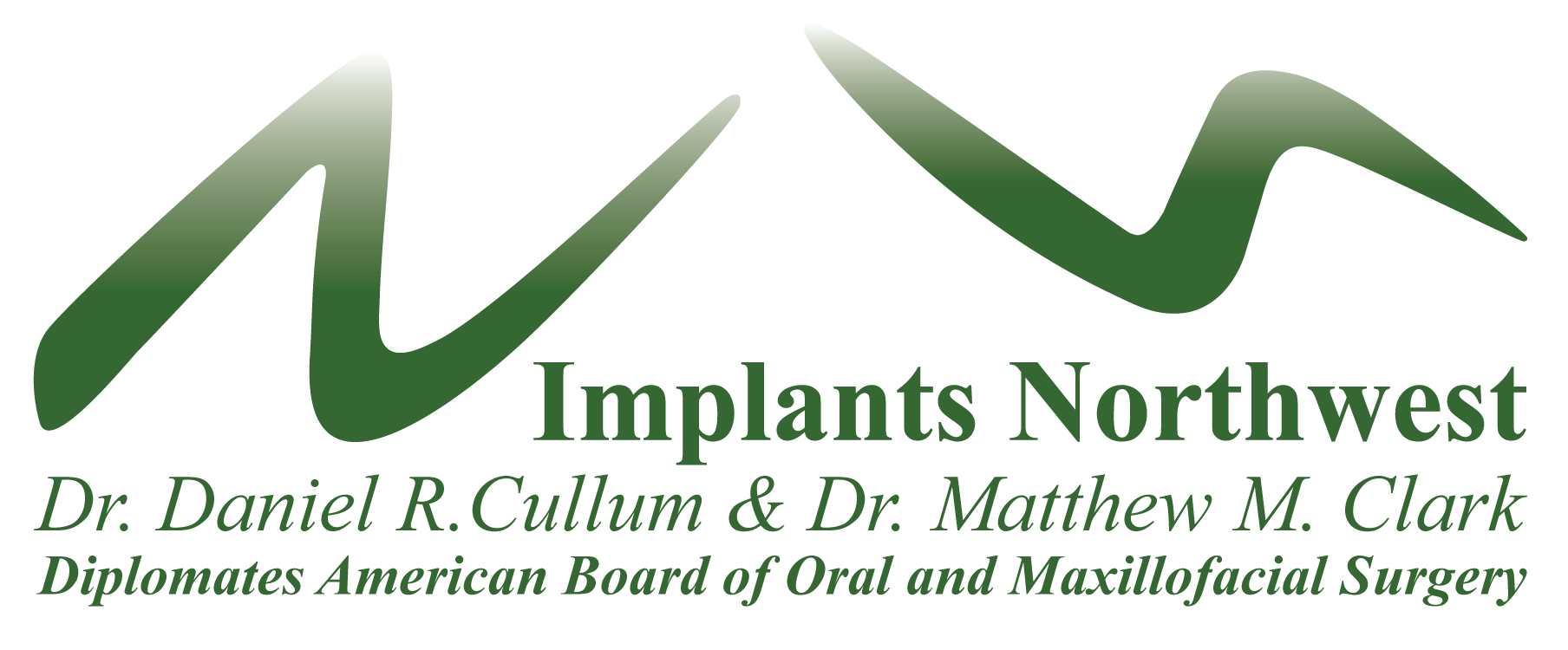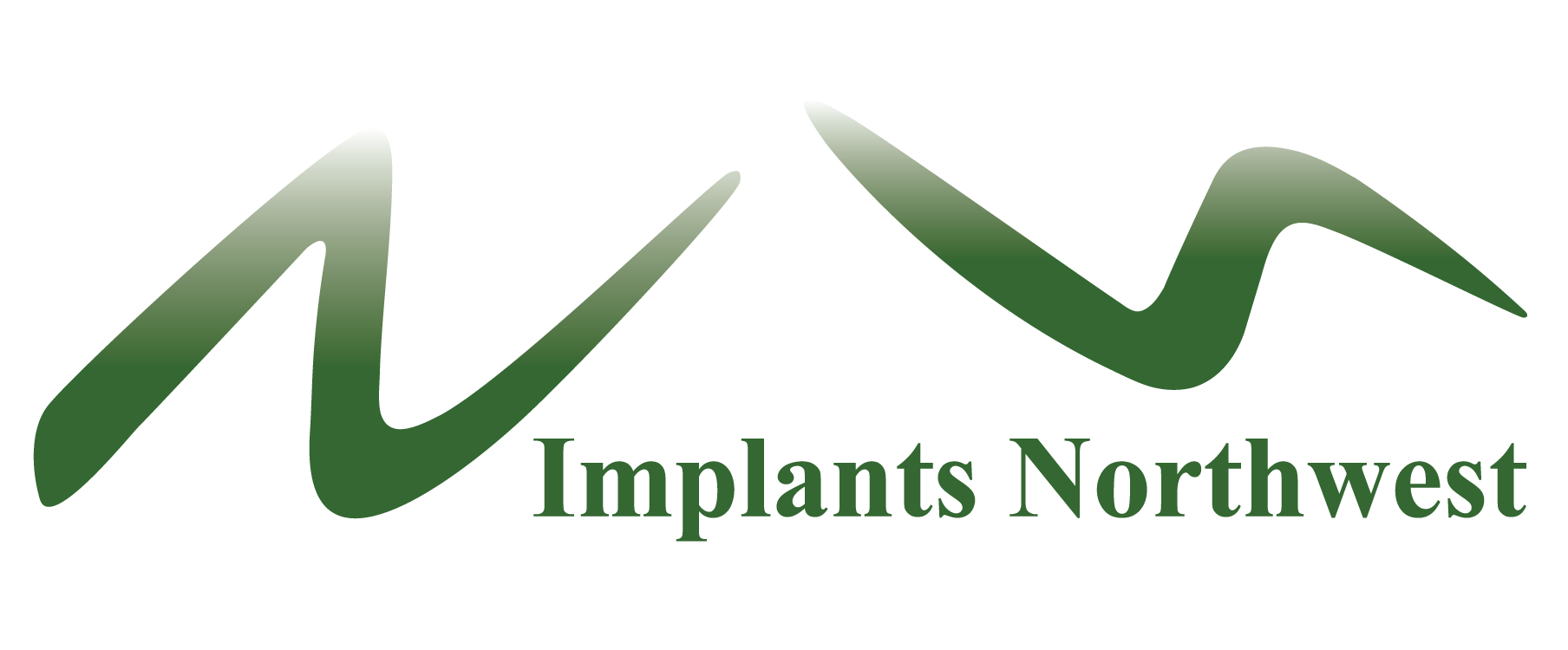
If you’ve been told you have Impacted Teeth, you probably had to ask, “what does that mean?” It’s a phrase that does not come up in common conversation and can sound scary to anyone who is unfamiliar with them. Thankfully, we at Implants Northwest in Idaho have put together a helpful guide to answer any questions before you come in to an appointment.
Impacted Teeth Explained
When a tooth fails to erupt properly, it results in a condition called impaction. After wisdom teeth, the most impacted teeth are the canines at the front of the mouth. These are extremely important teeth that need to remain in place. If they do not emerge in the way they should, there can be a litany of problems that follow. To prevent these teeth from having a negative impact on your oral health and function, our surgeons provide treatment for impacted canines in our Coeur d’Alene and Sandpoint offices.
What is an Impacted Tooth?
In some cases, a tooth does not break through the gum and remains stuck in the bone and gum tissues. This is known as an impacted tooth. The wisdom teeth, or third molars, are the teeth that are most impacted. These teeth often become impacted because there is not enough room in the dental arch for them to fully and properly erupt. Impacted wisdom teeth are typically removed in order to avoid complications with the health of the teeth, gums, and jawbone.
Impacted Canine Treatment
The second most impacted teeth are the upper canines (also known as the eye teeth). If the canine teeth do not erupt as normal, our oral and maxillofacial surgeons will check the position of the adjacent teeth to make certain that the canines have sufficient space to grow in. We may also take X-rays to determine whether the canines are impacted, to check the impacted tooth’s position, and to assess any effects on the neighboring teeth and structures. In most cases, our team will create a treatment plan to expose the impacted canines. To expose an impacted upper canine, our oral and maxillofacial surgeons will typically remove the gums that cover the tooth. For some patients, this is enough to allow the tooth to grow in as normal. For others, we will bond an orthodontic attachment to the impacted tooth. This attachment is connected to a small chain that is used to apply gentle force to bring the tooth into position.
Contact Us Today
For more information about how we can help you with this or any other concerns you may have, please contact our office to set up an appointment.

